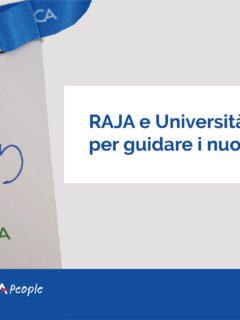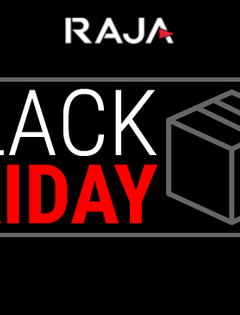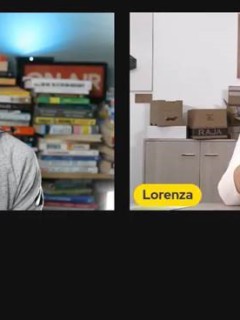Positive and hopeful data are those released by Istat on 17 May on exports in Italy.
In fact, the first quarter of 2017 recorded strong growth with a trade surplus of 5.4 billion and an overall +9.9% compared to the previous year.
Even Emilia Romagna, the third region with +8%, had not grown like this since 2011. Molise, on the other hand, was at the tail end with -53.4%.
But what makes the difference in exports? What are the tricks that can enable you to make a quantum leap?
Find out with our 7 tips:
1) Secure and stabilise your pallets perfectly!
Stretch film is a great ally when it comes to stabilising pallets and safeguarding the goods to be handled because it is very and flexible and guarantees high strength and functionality.
In exports, it is essential that the packaging guarantees the stability and integrity of the goods. Obviously each type of load and pallet requires a specific solution, but stretch film is designed to wrap and compact products of all shapes and sizes.
A further step forward was made with the introduction of coloured stretch film, thanks to which you can customise and thus recognise your pallets at a glance, a very useful if not almost necessary solution in large warehouses.
Transparent stretch film, on the other hand, has the advantage of making it easier to read barcodes and other accompanying documents.
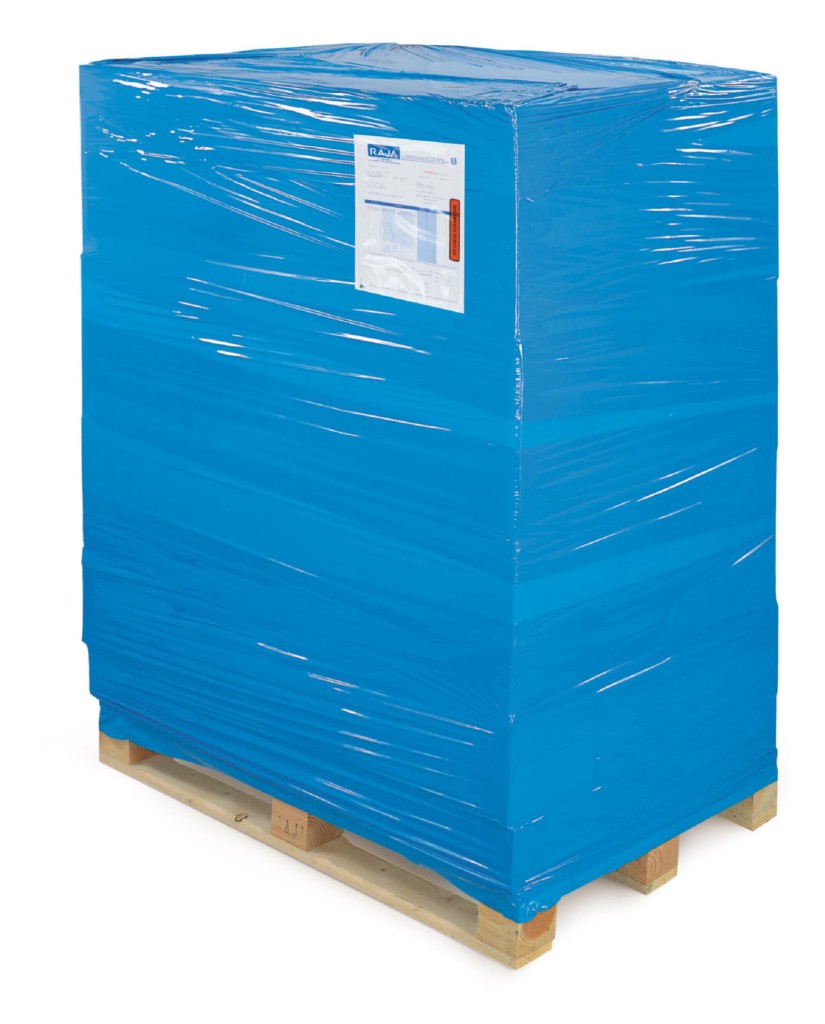
2) Choose an economical but safe solution for your heavy products!
The American two-wave box has the best value for money: it is very strong and therefore recommended for export but at the same time economical.
Reinforced and palletisable, it guarantees stable and homogenous pallets, plus it has good resistance to breakage, humidity and temperature variations and excellent vertical compression strength.
Need extra protection?
Try the three-wave box!
Ultra-resistant and ultra-protective, it is ideal for transporting industrial materials, mechanical parts and very fragile objects, perfect for particularly difficult transport conditions and for very heavy and fragile loads of up to 500 kg.
3) Prefer boxes that are quick to load!
In addition to safety, speed also plays an important role in export.
The most practical solution are wooden pallet-cases, solid and ready to use!
What do pallet-cases typically look like?
They consist of 3 parts:
- Plywood lid with wooden dowel for locking inside the box
- Plywood side walls for perfect rigidity and high resistance to moisture with rustproof, electrogalvanised, edged sheet metal corners fixed by nickel-plated rivets.
- 4-way pallet crate bottom with planked loading surface
By choosing this type of solution you will save storage space.
However, always take care that they comply with the ISPM15 standard on international phytosanitary measures, which aims to limit the spread of harmful organisms from one continent to another .
How do they do it? the wood undergoes HT (high temperature) treatment, which involves heating the heart of the wood to 56°C for 30 minutes.
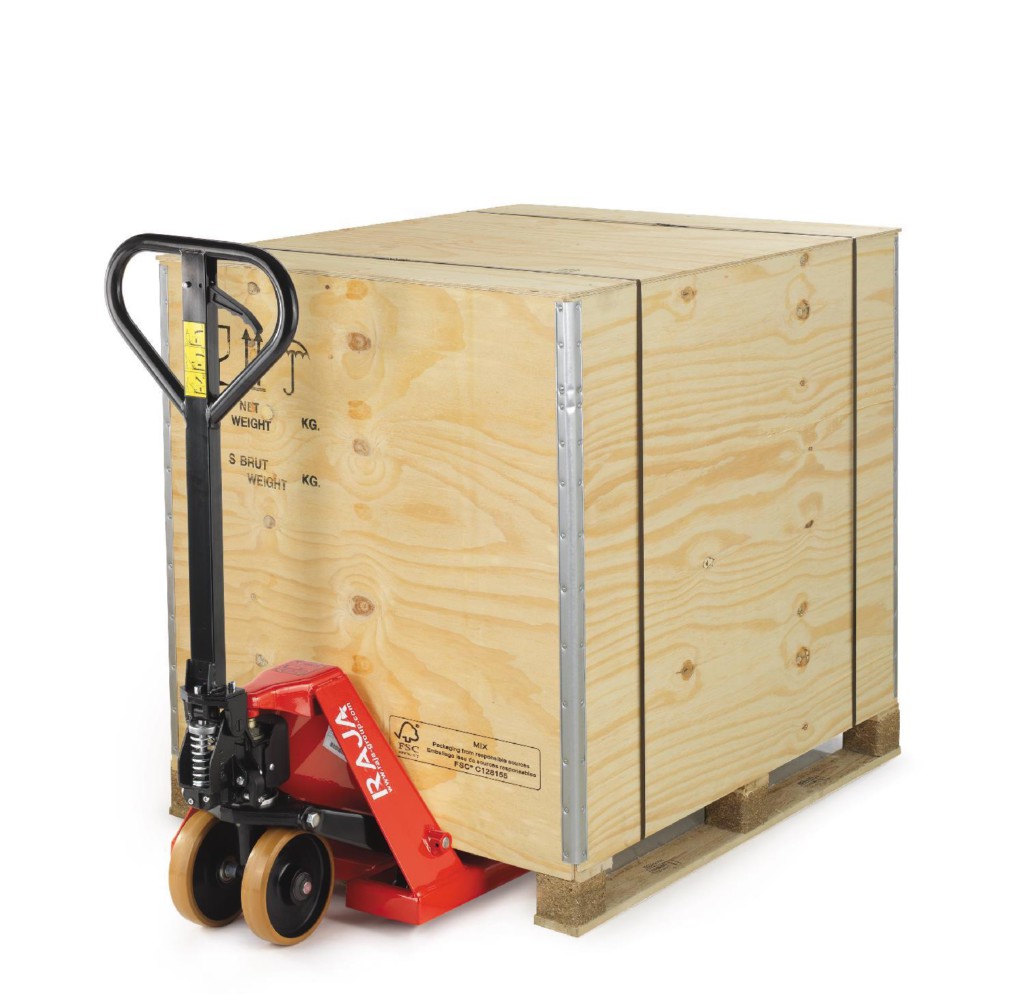
4) Protect the corners of your pallets and boxes
The corners of pallets and boxes also need protection, which is why it is advisable to protect them with cardboard corners or ‘L’ profiles.
Angles and ‘L’ profiles are solid, anti-shock, ready-to-use and inexpensive and can be applied both vertically and horizontally.
In this way, pallets, even those with sharp corners, will be protected from shocks and scratches during transport and storage.
5) Your documents must be protected and visible!
The goods to be exported will have to travel a longer or shorter distance during which there is a risk of damage or loss. To minimise this risk, it is essential that important documents are always protected but clearly visible.
The best way to do this is to use self-adhesive document pouches that protect and mark your important documents (invoices, transport documents, etc.).
They are easy to use and adhere quickly to all types of media (cardboard, metal, plastic, wood, glass…).
This way your shipments will always arrive at the right destination!

6) Protect your products from humidity
Do you want to prevent moisture from forming inside your boxes that can irreversibly damage your products? Then simply use dehydrating bags.
They are available in different sizes to suit the size of your box.
Dehydrating bags are made of non-toxic and non-flammable materials and are therefore safe for the goods you export.
By using them you can be sure that the moisture level in your package will be low enough to prevent water build-up.
7) Choose specific packaging for your products
Goods with special characteristics require special packaging.
For example, VCI anti-corrosive paper is perfect for protecting metal materials against rust; very popular in the automotive industry, on the other hand, is paraffin paper, a real grease barrier!
Need to export small but heavy products?
There are mini pallets made of pressed wood that are also perfect for point-of-sale displays.
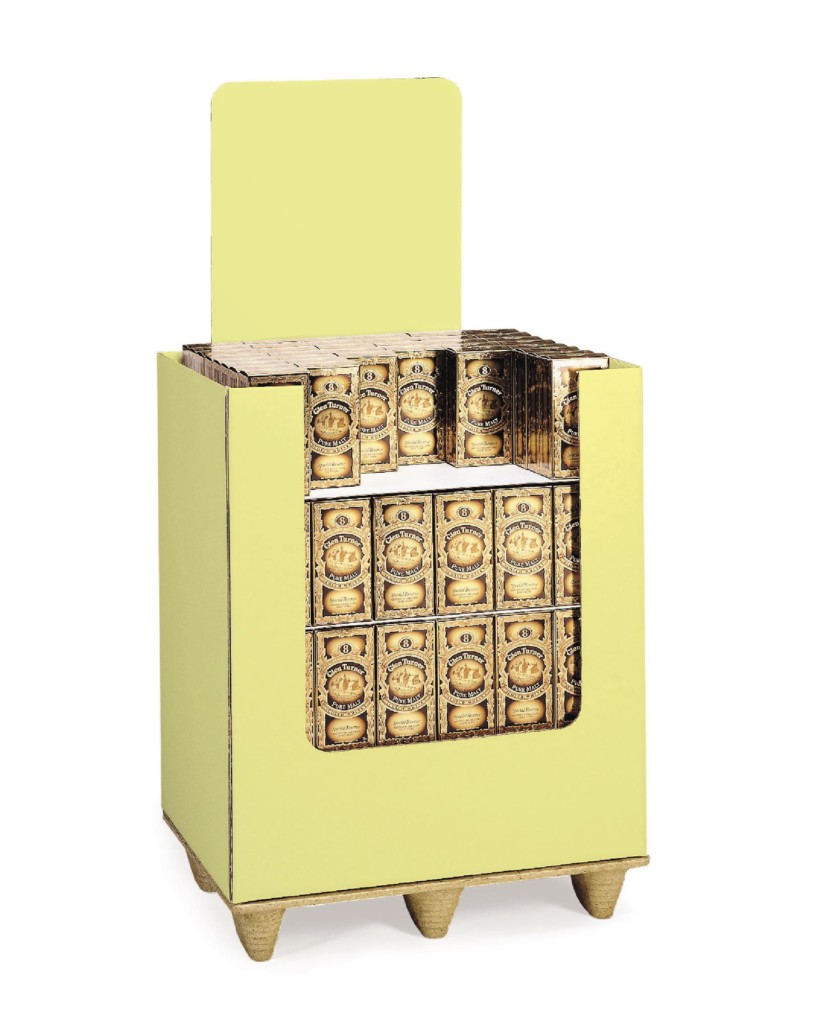
When preparing and packing products for export, there are many factors to take into account. With Rajapack packaging, you can send your products safely to the ends of the earth!
Would you like to ask us any questions? Do you have any doubts? Contact our experts on 848 815 815 every day from 8:30 a.m. to 6:30 p.m. or write to info@rajapack.it!
The Rajapack team










